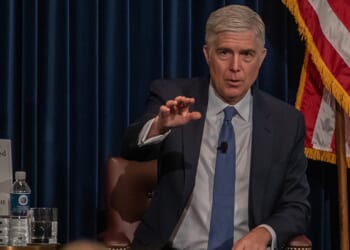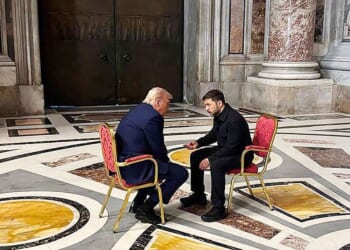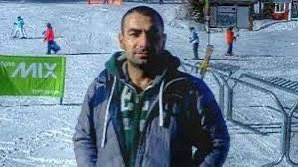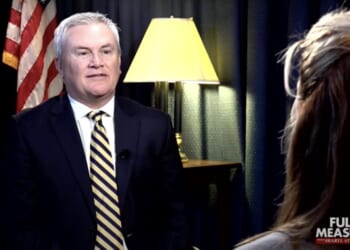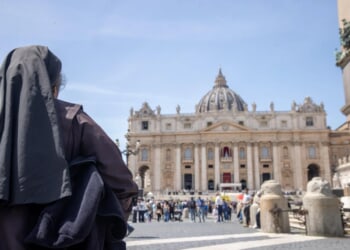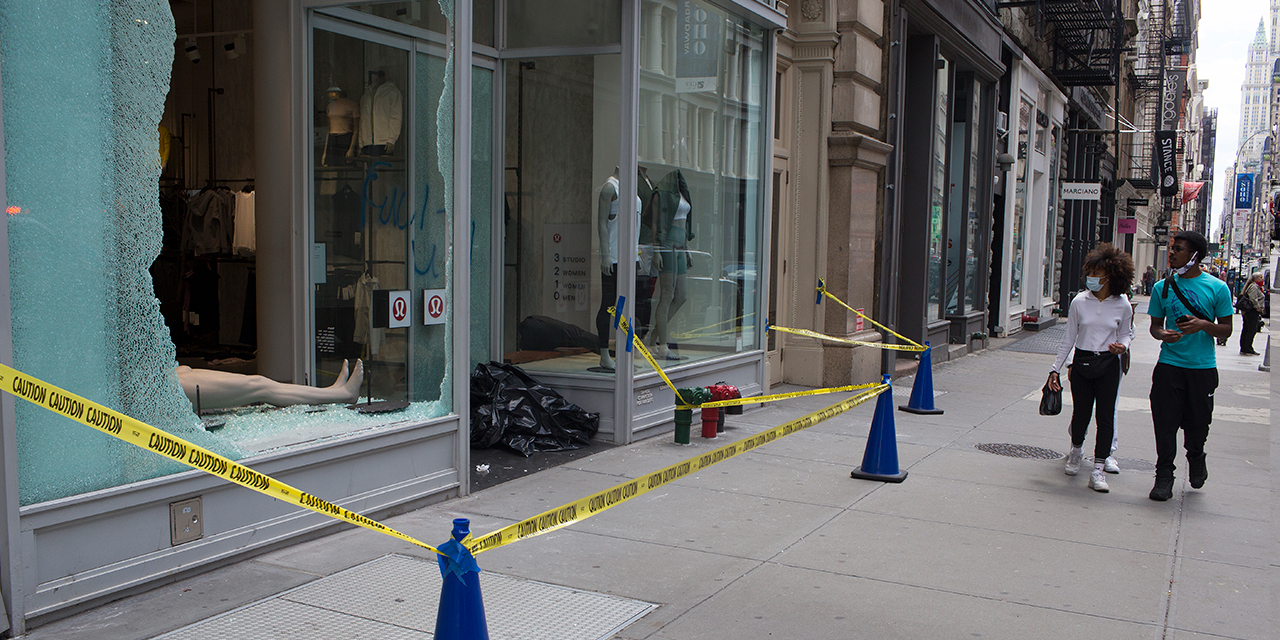
Defund: Black Lives, Policing, and Safety for All, by Sandy Hudson (Pantheon, 288 pp. $29)
The “defund the police” movement had its moment during the Black Lives Matter fervor of 2020. But even then, mainstream politicians distanced themselves from its rhetoric, and four-fifths of black Americans told Gallup they wanted to see the same or even more police presence where they lived. Over the next few years, voters in blue areas rejected defund-style ideas at the ballot box, while Democratic leaders worried that the party’s anti-police fringe would undermine its electoral coalition.
With Donald Trump back in the White House and a rightward “vibe shift” permeating American discourse, Canadian Black Lives Matter activist Sandy Hudson is giving it another go with Defund: Black Lives, Policing, and Safety for All.
Finally, a reason to check your email.
Sign up for our free newsletter today.
The book cannot carry the enormous burden it takes on. From the outset, Hudson is clear that she really wants police abolition, not just reform or budget cuts on the margins. This radical experiment is an even harder sell today than in 2020.
If laws are not backed by a threat of police enforcement, the average reader will worry, a small subset of the population will make life unlivable for the rest of us—whether by violence and theft or by using the sidewalk as a toilet. Someone familiar with academic crime research might add that cops deter crime by their presence; can be especially effective by focusing on hot spots or repeat offenders; are needed to make arrests, thus bringing serious offenders into court so they can be incapacitated; and appear to be a cost-effective way to reduce crime. A New Yorker might recall how better policing turned the city around in the 1990s.
In trying to dislodge such instincts, Defund emphasizes stories of misconduct, unconvincingly minimizes the contribution cops make to public safety, pooh-poohs reform proposals that enjoy popular support, and suggests unsatisfying alternatives for crime reduction.
Hudson walks us through numerous historical and contemporary abuses, from policing’s role in enforcing slavery to high-profile unjustified shootings to studies finding racial bias in modern law enforcement (a complicated topic that deserves more discussion). Of course, policing’s defenders should readily admit that cops are not perfect. Unjust laws can put police in a bad role, and police leaders and the public must be ever vigilant against corruption, abuse, and discrimination.
Readers shouldn’t take Hudson’s presentation of these incidents as the warts-and-all truth, however. For example, in decrying cops’ use of riot-control tactics against Standing Rock protesters, who opposed a section of the Dakota Access Pipeline near a Native American reservation, she neglects to mention that the massive, lengthy protests involved road blockades and torched vehicles. In recounting how the killing of Michael Brown in Ferguson, Missouri, launched a protest movement, she recalls that “hands up, don’t shoot!” became a “rallying cry” without admitting that the precipitating incident never happened.
One can acknowledge that police sometimes do evil or incompetent things without supporting their abolition. So Hudson also attacks the other side of the ledger, minimizing their effect on public safety. She does not rebut the lines of research I noted above, which directly link police staffing and tactics to crime reductions. Instead, she points out, for example, that police spend most of their time on routine patrol and low-level enforcement rather than violent crime, and that some crimes, including rape and burglary, usually go unreported or unsolved.
Of course, cops could have an even stronger effect on crime with optimized tactics and higher clearance rates, but there being room for improvement hardly means the current benefits of policing are negligible. Even a relatively small chance of serious consequences for criminal behavior can serve as a broad disincentive. The actual presence of a police officer on the street can serve as a strong local deterrent. Police also clear a higher share of many interpersonal crimes, including around half of homicides. These benefits are not negligible.
In the book’s later chapters, Hudson paints police-reform efforts as futile and sketches out ways to control crime in a world without police.
With police reform, her apparent premise is that if she can come up with a limitation or flaw in an idea, it’s not good enough. Body cameras? They show the incident from the cop’s perspective and raise privacy concerns, and some studies find no meaningful reduction in uses of force. Civilian review boards? They don’t have enough authority and side with the police too often. Less lethal weapons like stun guns? They escalate tense situations and sometimes kill. Automated enforcement to remove police judgment calls? “The problem is that robots are racist, too.”
Hudson’s treatment of policing alternatives takes a more generous stance toward evidence and tradeoffs. “We do not need all the answers to build something new,” she insists.
Her discussion here contains an important grain of truth. Police aren’t the only thing that can reduce crime or address minor problems. Sometimes it can help to improve lighting, green vacant lots, slow traffic with clever road design, or provide mental-health support or other social assistance. Sometimes non-police can handle certain emergency calls or write parking tickets, leaving police to the tasks where their comparative advantage is greatest. Sometimes it makes sense to eliminate laws entirely—though drug decriminalization, to cite one major example of that approach, has hardly been the smashing success its advocates hoped.
The big thing police are equipped to do, however, is confront wrongdoers who defy everyone else. That’s why they are crucial for making arrests and one reason why their mere presence decreases crime.
In trying to explain how violent crime might be handled without the police, Hudson wants to “start from scratch,” outlining six things we need when violence occurs. Three of these are “incapacitating the violent party’s ability to harm,” “taking the violent party to a safer place where they can receive support,” and “evaluating how to hold responsible parties accountable.” Often, all three of these measures will require physical force or the implied threat of it. Yet, instead of explaining who would provide that force, if not the police or a functional equivalent, she moves on to talking about nonprofit anti-violence groups that mediate conflicts.
Hudson is also overzealous in connecting crime to poverty, so she puts too much stock in the idea that a stronger safety net could stop a lot of crime before it starts. Her infatuation with this line of thinking is clearest in an anecdote about two jewelry-store robbers who got into a shootout with the store owner, hijacked a UPS truck while holding its driver hostage, and got into another shootout with the police when they caught up.
The police did a poor job in this case. Two innocent people were killed in the crossfire, including the hostage, and several officers face manslaughter charges. Not content to leave it at that, however, Hudson notes that the two robbers had prior convictions, and, since prior convictions make it harder to make a living, “[p]erhaps these individuals felt they had little choice but to try something risky to make ends meet.” In Hudson’s view, the entire institution of policing is irredeemable, but surely violent criminals must have some reasonable excuse.
It’s certainly true that crime rates are higher among the poor, but the relationship between economic recessions and crime is complicated and inconsistent, suggesting there’s more to the story than just poverty. For example, the same personality traits that lead to criminal behavior, such as impulsiveness, likely also hinder an individual’s economic performance. Meantime, the vast majority of poor people do not rob stores and get into shootouts—they’re terrorized by those who do.
In Hudson’s vision of a police-free future, society spends enormous amounts of money on roundabout forms of crime prevention—from welfare to public bathrooms (the key to stopping public urination)—and then handles with kid gloves those who break the law anyway. Aside from being politically unlikely, this is a recipe for chaos, not tranquility.
Photo by Andrew Lichtenstein/Corbis via Getty Images
Source link


